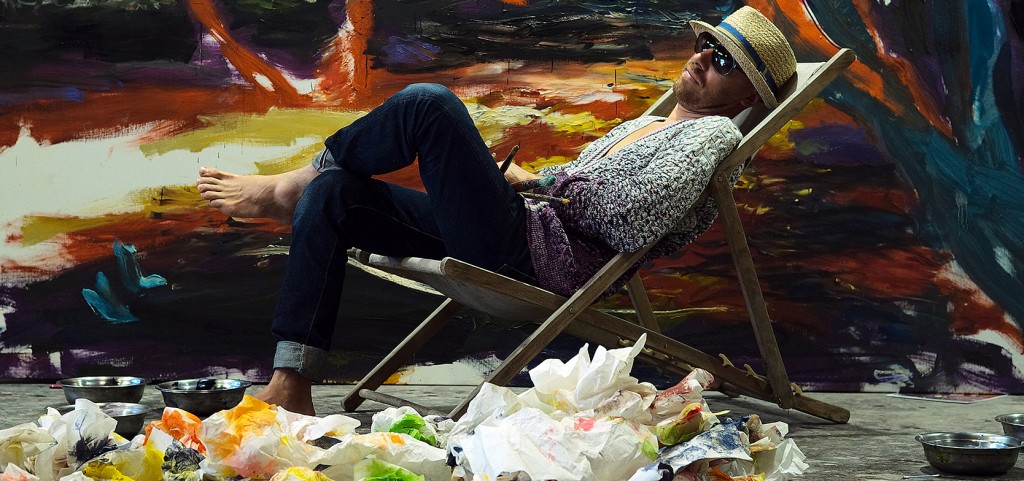Je dis : une fleur ! et, hors de l’oubli où ma voix relègue aucun contour, en tant que quelque chose d’autre que les calices sus, musicalement se lève, idée même et suave, l’absente de tous bouquets.
Stéphane Mallarmé, Crise de vers
(da Divagations, 1897)
What is the act of saying “a flower” equivalent to? Try saying it to yourself and then imagining it. A flower. In our mind one or more specific flowers cannot but materialise; vague images perhaps, yet recognisable: the petals, for example, will have a certain form and a given colour. I might have in mind a buttercup, someone else a passion flower, someone else a rose. Ordinary speech and thought make words into a currency to exchange information; for example, the features of a rose, a passion flower, a buttercup that my interlocutors and myself have played at imagining.
Yet, outside the circle of ordinary speaking and thinking extends the potentially unbounded domain of poetry. So, let’s rephrase the initial question: what is the act of poetically saying “a flower” equivalent to?
In revolutionising poetic function through a hierarchical and antirealist overturning of a word’s meaning and resonance, Mallarmé, himself a passionate gardener and horticulturalist, never wrote the word fleur, nor the more specific words hyacinte, myrte or rose (Les fleurs, 1887) without aspiring to the suave idea itself of a flower, that idea which is absent from every bouquet and which only arises musically from the pen of the poet.
Ut pictura poësis: the garden that pictorially arises from Gaël Davrinche’s brushstrokes might have precise features – from the ink flowers that make up the taxonomy of a Herbarium to the almost hyper–realistic ones in Nocturnes – nevertheless, it mustn’t be taken as an essay in floral representation. Yet – fascinating paradox – the unity of the idea is obtained through the multiplicity of its manifestations, and through a work of syntheses, as demonstrated by the different pictorial styles to which Davrinche has accustomed us, and which he masters with consummate skill. From blinding realism to Dutch and Neapolitan Still Life, to the unfocused image à la Gerhard Richter; from the expressionistic distortions that recall the Neue Wilde to the flat colours of some of the corollas that are a clear homage to Warhol, and ending with the pure abstraction of the forty Chromatic Fields, in which, unexpectedly, the artist decides to sit at the same table as Malevič, Mondrian and Rothko.
Beginning with the title itself, the exhibition announces a passage, not so much a stroll through flowering meadows, but more of a “digression”, like that of Mallarmé whom we quoted at the opening of our text. As often happens with Davrinche, we are witness to a creative flanêrie in the history of painting in which the flower remains one of his most frequent subjects.
There is only one figure in the whole corpus on show; it appears in the painting The Stroll: a man in the guise of the artist’s alter ego, along a path of synthesis, from realism to abstraction, where the French painter reveals his poetic “I” as the authentic subject of his own work.
Vittorio Parisi
